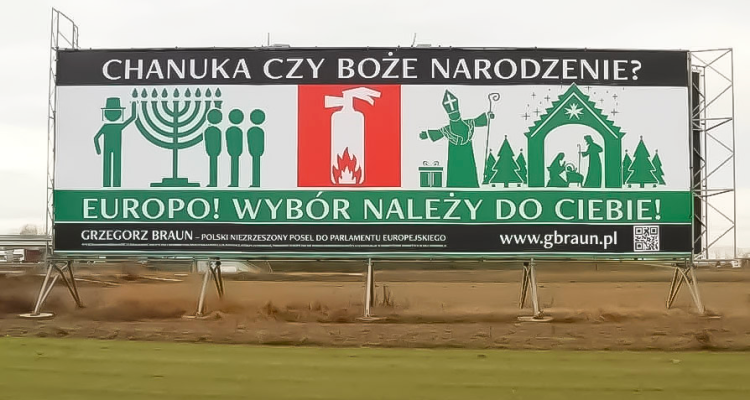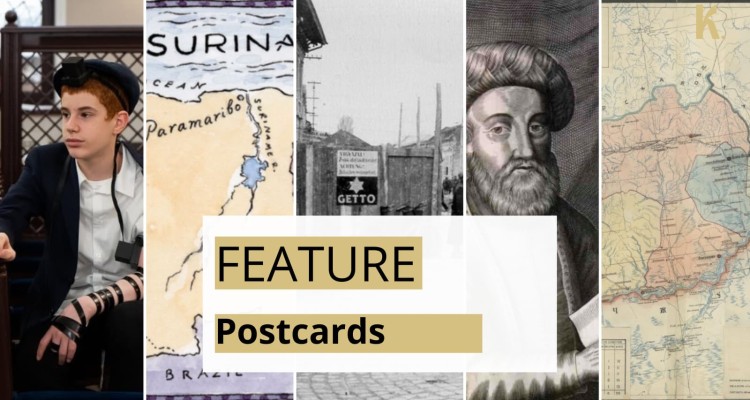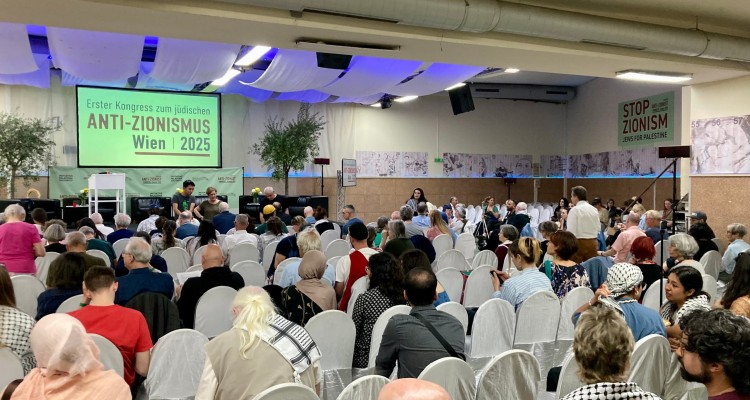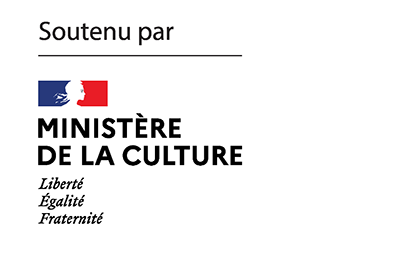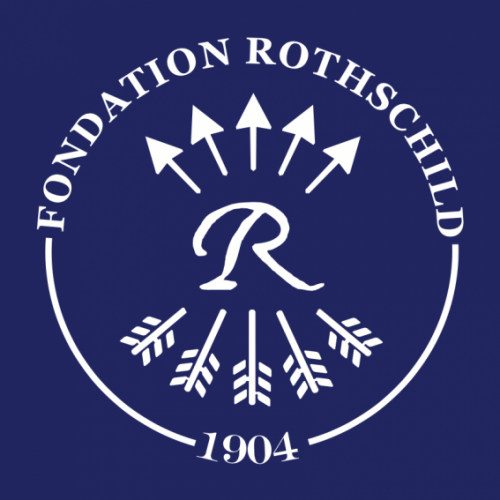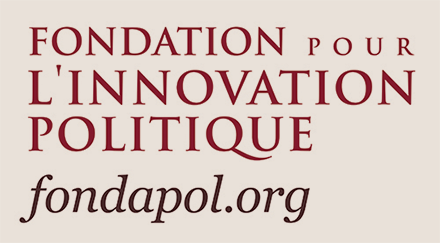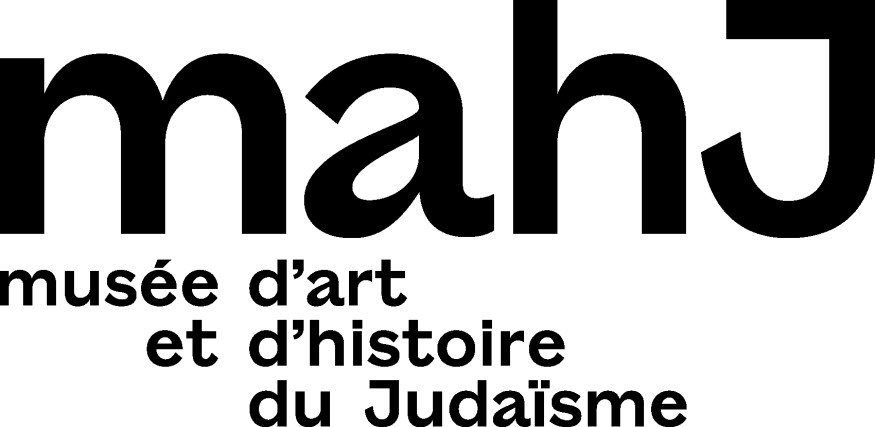In Latvia, unlike in other parts of Europe, the spoliation of Jewish property did not occur during the Nazi era, but during the Soviet occupation that preceded it. The same process of property nationalisation also took place in Lithuania and Estonia[1]. In order to finally recover their property and possessions, Latvia’s Jews had to lobby for a dedicated law. Elie Petit recounts for K. the stakes and results of this struggle by interviewing, before and after the law was passed, some of its promoters.

“I think you can congratulate us, the Jewish community of Latvia, with this law having been finally passed and enacted.” says Dmitry Krupnikov, Deputy Chairman of the Board of the Council of Jewish Communities of Latvia. On 7th of March 2022, the law of restitution was officially enforced, so as all the legal processes that have gone through. The adoption of this law puts an end to a very long struggle and rectifies an injustice suffered by the Jewish community.
A look back at the history of Latvia and its Jewish community
The Jewish community in Latvia has developed gradually. Its roots are in fact twofold: some Latvian Jews originated in Eastern Europe (Lithuania, Belarus and Poland), while others came from Western Europe (mainly Germany and the Netherlands). Until the First World War, Jews in eastern and western Latvia spoke their own dialectal form of Yiddish. The dialect of Yiddish spoken in the west was related to that still spoken in Switzerland and Alsace.
Before they were lifted in 1917 by the new Latvian government, the Russian Empire imposed up to 600 restrictions on Jews. It was in 1918, when the Republic of Latvia proclaimed its independence, that Latvian Jews were given a new form of community at national level[2]. Insofar as the new Republic included a promise of equal rights, the latter gave it a rather favourable reception. Latvia remained independent for twenty-two years, until 1940. A period marked by the development of a Jewish identity linked to the national identity of this young country.
After a short Soviet occupation between 1940 and 1941, to which we will return later, Latvia was occupied by Nazi Germany from 1941 to 1944. Around 70,000 Jews were murdered, approximately three quarters of the pre-war total of 93,000.
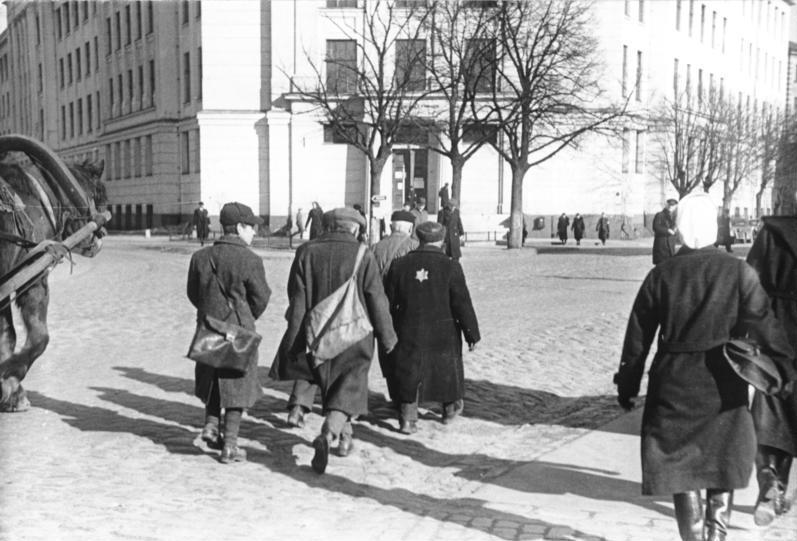
From the early 1960s, when Latvia was once again under Soviet rule, Riga became one of the centres of the Jewish national movement in the USSR. Riga had a vast network of groups working for the Jewish national cause. This network organised a wide range of activities: Shoah commemoration, clandestine Hebrew classes, rallies for freedom of emigration from the Soviet Union, including sit-ins in government buildings in Moscow, together with other activists from networks present in the USSR; circulation of illegal publications and periodicals (“samizdat”), unofficial theatre company in the late 1970s and early 1980s[3]. Although synagogues continued to function during this period, Jewish life was only loosely affiliated to them, unfolding more informally.
In 1988, the LNKK (Latvian Movement for Sovereignty and the Restoration of Independence), a Latvian political party with a national-conservative leaning, enabled the Jewish community, which then numbered just over twenty thousand souls[4], to re-establish itself. The movement for the revival of the Jewish community was closely linked to the national movement for independence, so much so that personalities from the Popular Front were sometimes to be found[5] – political party created to obtain Latvian independence – among the leaders of the Jewish community. The new post-Soviet Latvia was intended to be an independent nation, promoting values of equality and openness.
Today, most Latvian Jews live in Riga. Outside the capital, there are a few communities: large ones like Jūrmala and small ones like Ludza.
There are two Jewish schools in Riga. The smaller one is a public school, while the other is a state school, maintained by the municipality, with almost 500 pupils. The Jewish community is involved in this state school, as is the case in Lithuania and Estonia, but these schools also accept non-Jewish children.
Jews are active in all sorts of professions, without specific specialization. They are part of all classes of society but not specifically present and visible in politics. Dmitry says : “we had one Jew who was a member of Parliament but he didn’t represent Jews as a group. I make this precision because we have ethnic political parties, more precisely parties who have strong voter turnout among certain ethnic groups. Before World War II, we had Jewish political parties. But we don’t have that now. The Jewish community is absolutely non affiliated with any political party.”
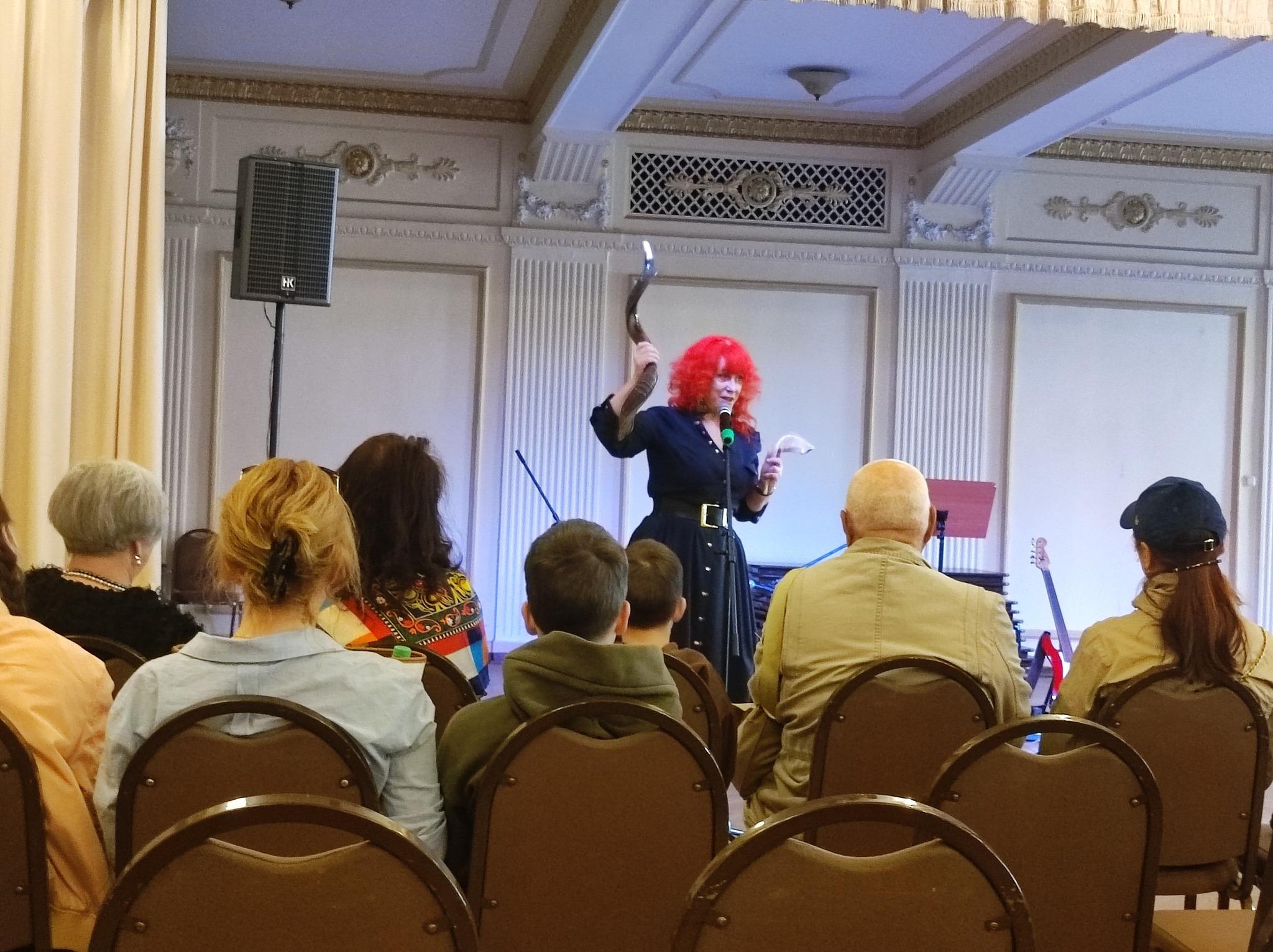
Soviet nationalizations
Westerners are used to Nazi spoliations and expropriations, but Dmitry Krupnikov is quick to correct those of his interlocutors who apply this schema too quickly to Latvia: “Everyone makes a mistake in interpretation. In Latvia, we are not talking about a history linked to the Shoah, nor were the Nazis responsible for the spoliations. The property was nationalised in 1940 by the Soviets! Property – private, communal, commercial and industrial – was confiscated from everyone, not just the Jews.”
In the press, situation have long been portrayed as a restitution from nazi spoliations. “The Holocaust appears in all of that story only as an explanation why the Jewish community was in much, much weaker position than other denominations in the 1990s. More than 80 percents were killed in the Holocaust. And so in many towns, there were no Jews. So whatever private property was claimed was claimed by the descendants, while many communities had not a single surviving member and no descendants.”
To compensate for this issue, and because returning property as property would sometimes be too complicated – some of the buildings are now used by all kinds of state institutions and so forth -, the government proposed to reimburse according to cadastral value rather than a proper restitution.
Krupnikov insists : “It’s not a Holocaust restitution. It’s very important. The properties were confiscated before the Holocaust. There were no properties to confiscate because it was confiscated before. Of course, Jewish properties would be looted. And, of course, for example, private apartments where the Jews lived – sometimes small private houses – would be sometimes redistributed.“ This situation exists more or less in the same way in all the Baltic countries. In Estonia, the Jewish community was very small before the Holocaust, and so the restitution process was about several buildings. A law has been passed in Lithuania about 10 years ago targeting the same issue.
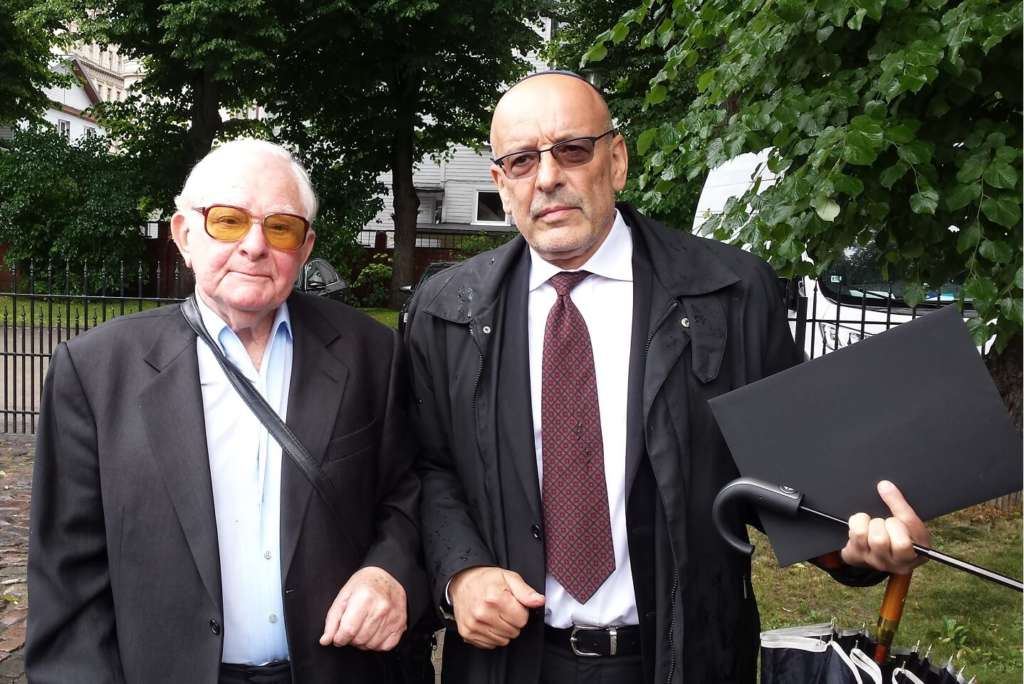
A difficulty due to the structure of identities
Discussing with Ilja Lenskis, the Director of the Museum “Jews in Latvia”, he wants to make things clear about the situation of the estimated 8000 Jews in Latvia. “Something very important, which most of your readers or Western Europeans and Americans do not understand, is that, in Latvia, as well as in other eastern European countries, Jews are an ethnic group, not a religion. So when you say Jews here, you speak of an ethnic group like Russians, Latvians… You’re a Latvian Jew the same as others are Latvian Latvians (along with, say, Canadian Latvians or US Latvians), Latvian Poles, Latvian Russians. And so on.” Until 2005, the ethnicity was mentioned on the passports of the nationals. The system dated from the 1920s and 1930s and was applied to all groups. “During the Soviet times, the ethnicity was the one of your parents. And today it’s possible to choose ethnicity out of the one of one of your grandparents.“ And to settle the case, if you do not have any Latvian ancestors, you cannot officially call yourself Latvian. You cannot become Latvian”.
Latvia has two ethnic statistics systems. The first “census” is based on the declaration of a child’s identity at birth. The second is based on declarations made during adult census campaigns. The most recent was carried out in 2011. 6,500 people declared themselves to be Jewish. Ilja Lenskis ironises: “You could claim any ethnicity – whether it was ‘Jedi knight’, ‘hobbit’ or ‘Martian'”. He deplores a procedure that is subject to a series of personal or societal injunctions, with some Jews choosing not to mention their ethnic identity, with the result that the censuses give figures that are lower than the actual size of the community. Using the technique of counting birth declarations, the figure two years ago was around 7,500 residents. Lenskis adds: “When we call ourselves ‘Jewish’, we are talking primarily about an ethnic group. Not so much a religion, because religion generally plays a much less important role in Latvian society than in other countries.
Since the 1990s, Latvian society has been working to rid itself of the cumbersome legacy of property nationalised during the Soviet era. “The restitution of looted property began in Latvia around 1990, de facto 1991. It was absolutely universal, everyone was involved. And part of the process consisted of a special law identifying the property to be returned to religious organisations. This law concerned the property of religious congregations, which obviously also included schools, hospitals and other institutions. Sometimes this included residential accommodation, where the congregations had bought houses to generate income.”
This brings us back to Ilya Lenskis’s initial remarks and the particular case of the Jews, considered not as a religion but as an ethnic group. “It was a bit problematic for the Jews, especially in cases where there was no “congregation” for a particular locality. Lutherans, Catholics and Orthodox have their own Curia, Consistory or Synod. But there was nothing like that for the Jews, who had no central institution.” As a result, many assets and properties could not be claimed by the Jewish community. What’s more, the courts misinterpreted the law: “They said that only property with a religious function had to be returned, which is not true”. It was only a few years ago that the Jews were finally recognised as a religious community on the same model as other denominations.
Ilya Lenskis tient à souligner que l’atmosphère dans laquelle la loi a été négociée n’a jamais été délétère : “Il n’y a pas de discrimination à l’égard des Juifs. Le niveau d’antisémitisme est très bas. Mais la loi était injuste. Elle partait du principe que si une communauté religieuse avait existé dans une ville, n’importe où, de n’importe quelle confession, alors cette communauté pouvait être recréée. Mais après la Shoah et les années soviétiques, la plupart des communautés juives n’ont plus pu être recréées. Et comme il n’y a pas d’autorité centrale pour la religion juive, ces propriétés n’ont tout simplement pas été revendiquées”.
However, he added: “Sometimes, I have to admit, the opposition’s arguments were pretty stupid. First of all, they said that it would be a racial preference to extend the law to Jews. For us, on the contrary, it was a question of justice. One of the opponents referred to the book Hitler’s Jewish Soldiers: The Untold Story of Nazi Racial Laws and Men of Jewish Descent in the German Military by an American author], by Bryan Rigg, about “Jews serving in the Nazi army”, even though they were not Jews, but descendants of part-Jewish families, saying: “They were fighting on two fronts, they were on the side of the Nazis. So why should we give them anything?” This is stupid and totally untrue… Another part of the opposition proposed dividing the properties between Roma and Jews and having clear supervision over how they would be managed. Finally, given that those who had worked for Nazi or Soviet repressive structures could not receive retribution in Latvia, some looked to the incomplete list of KGB informers for Jews, while others suggested that Jews could simply buy back their properties.” The absence of a poisonous atmosphere should perhaps be put into perspective…
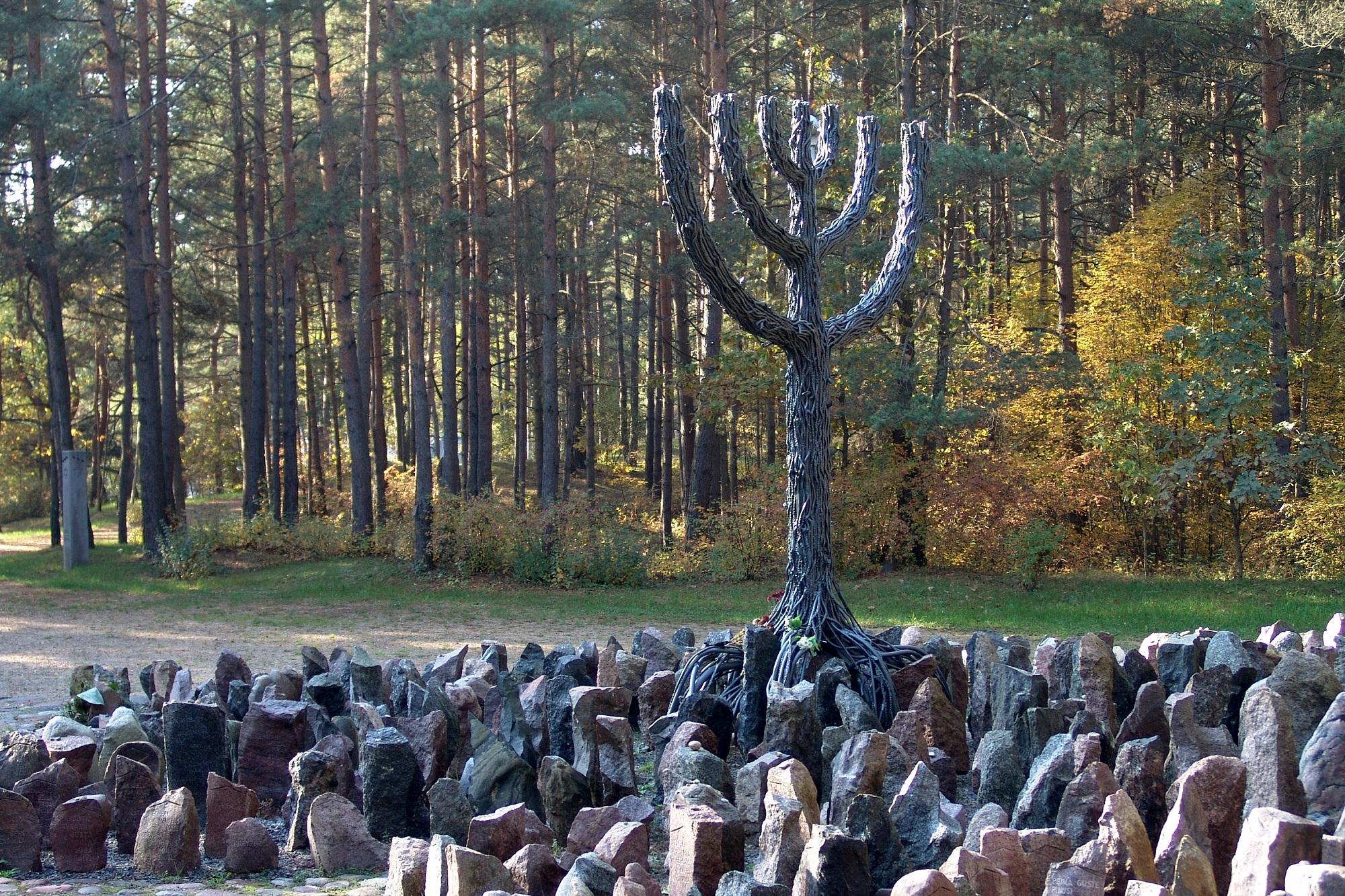
The long road to the law
“If I’d had a child when we started trying to pass the law, he’d be going to university today,” jokes Krupnikov, before explaining the long history of this struggle. “It’s a complicated process that required a lot of negotiation. We spoke to all the political parties, listened to all the arguments and discussed them all. Some of them we understood, others we did not. Most of the people who opposed the law, at least in Parliament, were not doing so for anti-Semitic reasons, but for political reasons. They didn’t want to take responsibility for it. You can say that there is a certain amount of anti-Semitism in Latvia, but it’s not politically important,” he explains.
Initial work on this law began in 2002-2003, when the newly-formed Council of Jewish Communities sent a team of experts to the National Archives to examine the extent of property owned by Jews prior to the Soviet occupation and compile it into different categories: religious, communal and heirless. A list was drawn up and a draft law was drafted in 2005. Negotiations began with the Latvian government, with the support of the majority of the Saeima, the Latvian parliament. But when the government tried to submit the law, pressure was brought to bear on the Saeima, which did not even agree to consider it at first instance. “The attempt completely failed,” recalls Dmitry. After that, there were heated discussions about certain questions: “Are Jews eligible? Is it right to reimburse the Jewish community? Would this be an admission of guilt by Latvia for the perpetration of the Shoah?” A committee was set up to assess the list of assets but it was plagued by turmoil in 2012 when, in a new attempt, Justice Minister Gaidis Bērziņš resigned, claiming that he would have been forced to assess the list, despite the fact that he and his party, the National Alliance, were firmly opposed to the very idea of considering the issue.
The subject is also subject to external pressure. For example, every US Special Envoy for Holocaust Remembrance systematically refers Latvia to this issue at every meeting. A proposal was made in 2015 by one of them, David Son. He suggested that, from the long list, the Jewish community could start by recovering only the first five properties, rather than demanding the entirety of around 275 properties. But the community is opposed to this proposal, mainly because the five buildings chosen are dilapidated and out of use, and because of the risk of creating a purely symbolic restitution. In 2018, a new Saeima was elected, and the following year, the liberal party Attīstībai/Par! (Development/Pro!), then tried to submit a new law…. But the majority was not reached. Dmitry Krupnikov recalls: “We then worked for two years with all the parties, explaining the basis of the law, why we thought it was appropriate, what needed to be done, and that the law was not an admission of guilt.” Then, in July 2021, the Council of Jewish Communities, and the Jewish Communities Restitution Fund, put the issue back on the front burner and sent a new letter to every MP asking that the legislation be considered in the next session.
This was achieved in September 2021: the subject was once again discussed by the Budget Committee of the Latvian National Assembly, which sent a bill to parliament for a vote. Dmitry Krupnikov remembers the results: “Out of 100 deputies, 64 voted in favour and 17 against. Some abstained, and I think twelve did not take part in the vote. So two thirds of the participants voted in favour of our law.
Krupnikov explains: “Almost all the parties supported the law, except for the National Alliance and a few independent MPs. In the other parties, some abstained or voted against, but the main opposition came from the National Alliance (the conservative nationalist party that is hostile to multiculturalism and considers Latvian employees to be ‘patriotic’). But even within this party, two female MPs, rather than opposing, did not take part in the vote! One of them, then President of the Saeima (she is now Minister of Defence), attended Holocaust memorial events on several occasions and visited the Shoah Memorial Museum in Washington.
It therefore took three sessions over several years for the law to be voted on and adopted. The law stipulates that, over a ten-year period, the Latvian state will pay €40 million, in ten annual payments, to be used for the benefit of the Latvian Jewish community.
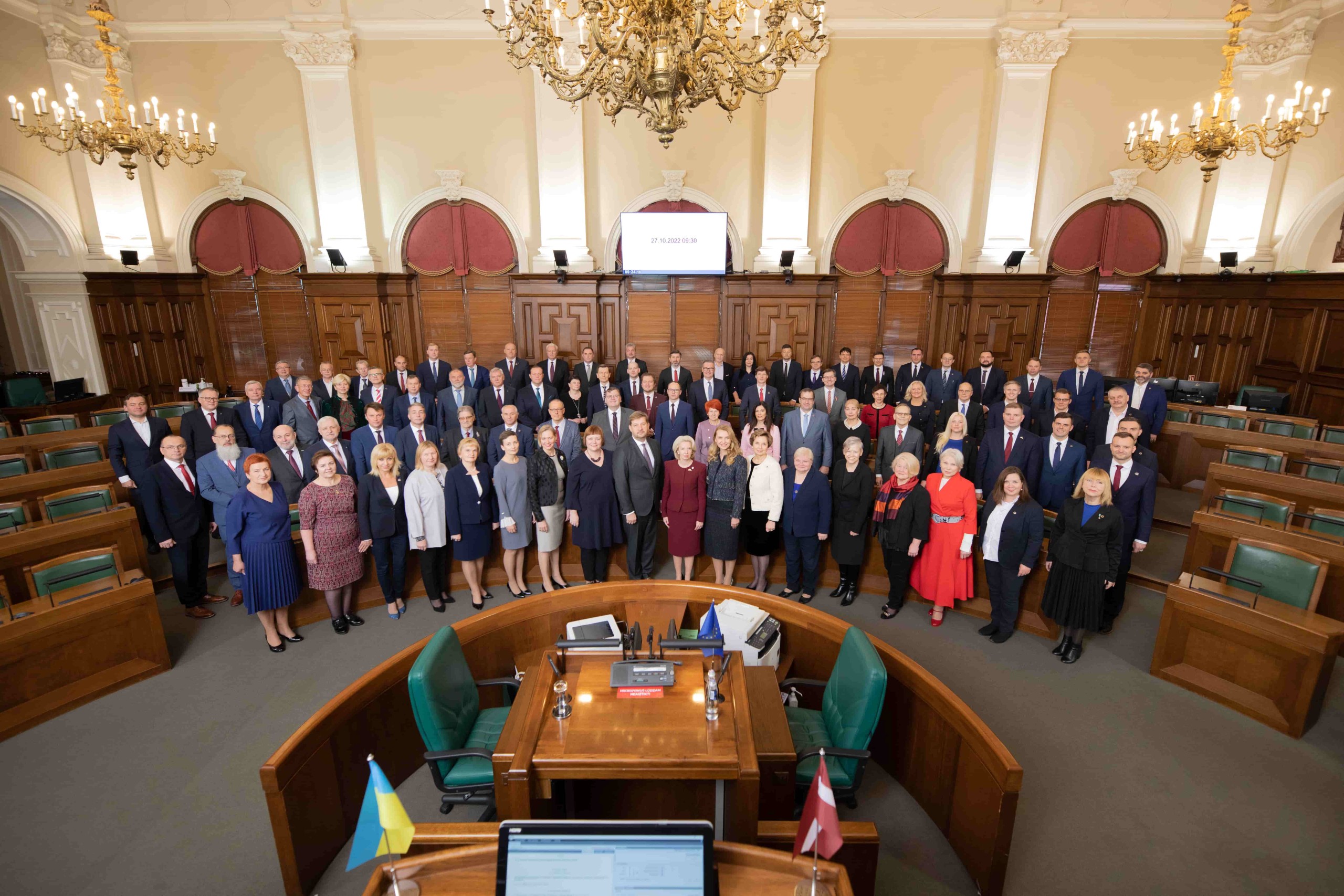
Investments in the school and the museum
Mr Lensky did all his years in the community : “I’m not a very typical example because I’ve spent most of my life in the Jewish community. I went to Jewish school, the public one. I went to all kinds of Jewish summer camps, from a broad spectrum of organizations, participated in a Jewish theater group, studied history and ended up in the museum. Most Latvian Jews would not have such a constant involvement in the community, their life experience would be much more diverse”.
The museum, which was established in late 1988 by a group of Holocaust survivors led by prominent historian Dr. Marģers Vestermanis (a public intellectual who still curates for the museum at age of 97), belongs to the Jewish community. It has a state certification, which means that it is recognized as a cultural institution. Mr Lensky precises: “The State does not decide what we exhibit, what topics we cover, what views we express or what books we publish. But they deal with collection management and preservation because our collection is officially recognized as part of Latvia’s General Museum Collection. A while ago we were given a separate building for our museum, in the Riga Old Town, very conveniently located next to the synagogue. But it’s a long-abandoned 17th century structure, so obviously we would need a lot of money to renovate and amend it“.
Initially the museum was mostly oriented toward the history of the Holocaust but soon after creation opted for a broader coverage of all Jewish history in Latvia from the first traces of Jewish presence (16th century) to nowadays, with artifacts such as ritual objects, photos, documents, books coming from family donations but also from an active shopping in antiquities shops. “We even sometimes buy on eBay. It also happens to us to receive calls from people telling us their house utilizes Jewish tombstones as construction material and we come pick up the tombstones and bring them to the museum” declares Mr Lensky. The museum organizes cultural events, educational programs and welcomes around 10 000 visitors a year. Most of them are foreigners, although in recent years there is a strong increase in the number of locals, particularly schoolchildren.
Considering the reimbursement law, all the money has to be spent in Latvia except for supporting Holocaust survivors from Latvia, but who today live outside of anywhere in the world. The money will be spent on the Jewish community, on education, on cultural projects, on charity and welfare support.
Mr Krupnikov describes the challenges ahead: “We need to maintain the Jewish hospital, organize culture or sport events. The buildings that were returned to us in 2016, they’re good buildings.. At the center of the once heavily Jewish area is a building called “Linas Hacedek”. It’s a former Jewish hospital building that, before it was returned to us, was vacant for 20 years. Can you imagine the state of the building? We need to renovate it. We were returned the synagogue in Jūrmala, which is a seaside resort next to Riga, also not used for 20 years. We want to renovate it. It will take a lot of money.
The community also wants to assist in building the Educational Center at the Žanis Lipke Memorial. Žanis Lipke was a Latvian, who saved 55 Jews during the Holocaust, hiding them in his basement. “Among those who he saved are two of my distant relatives, and I know their stories, how they were rescued,” remembers Mr Krupnikov.
Second priority: Jewish education. “We have a school which used to have 200 students. Now it’s 460 students. We run out of space.” says Mr Lensky. A kindergarten has recently been relocated to a new facility. It is also in the mind of Mr Krupnikov: “There were 93000 Jews in Latvia before World War II. They were most likely 30 to 40,000 Jews during the Soviet period. There are roughly 7.500 to 10,000 Jews in Latvia today. Officially, there’s less, but I think the overall community so we need to support the community to resurrect the life of the community here.
Elie Petit
Notes
| 1 | The case of Finland, where spoliations took place in the occupied regions after the Winter War of 1939-1940 and the Continuation War of 1941-1944, is somewhat different. |
| 2 | Census figures put the number of Jews at just under one hundred thousand in 1925 and around the same number in 1939. |
| 3 | The attempted plane hijacking in 1970 was also largely organised by Riga activists. |
| 4 | (1989 figures) |
| 5 | The Latvian Popular Front (Latvian: Latvijas Tautas fronte) was a Latvian nationalist political organisation, active in the 1980s and early 1990s. On 26 March 1989, it won 26 of the 40 seats in the Latvian parliament. This political party was created to obtain Latvian independence. It officially ceased to exist in June 1993. |
